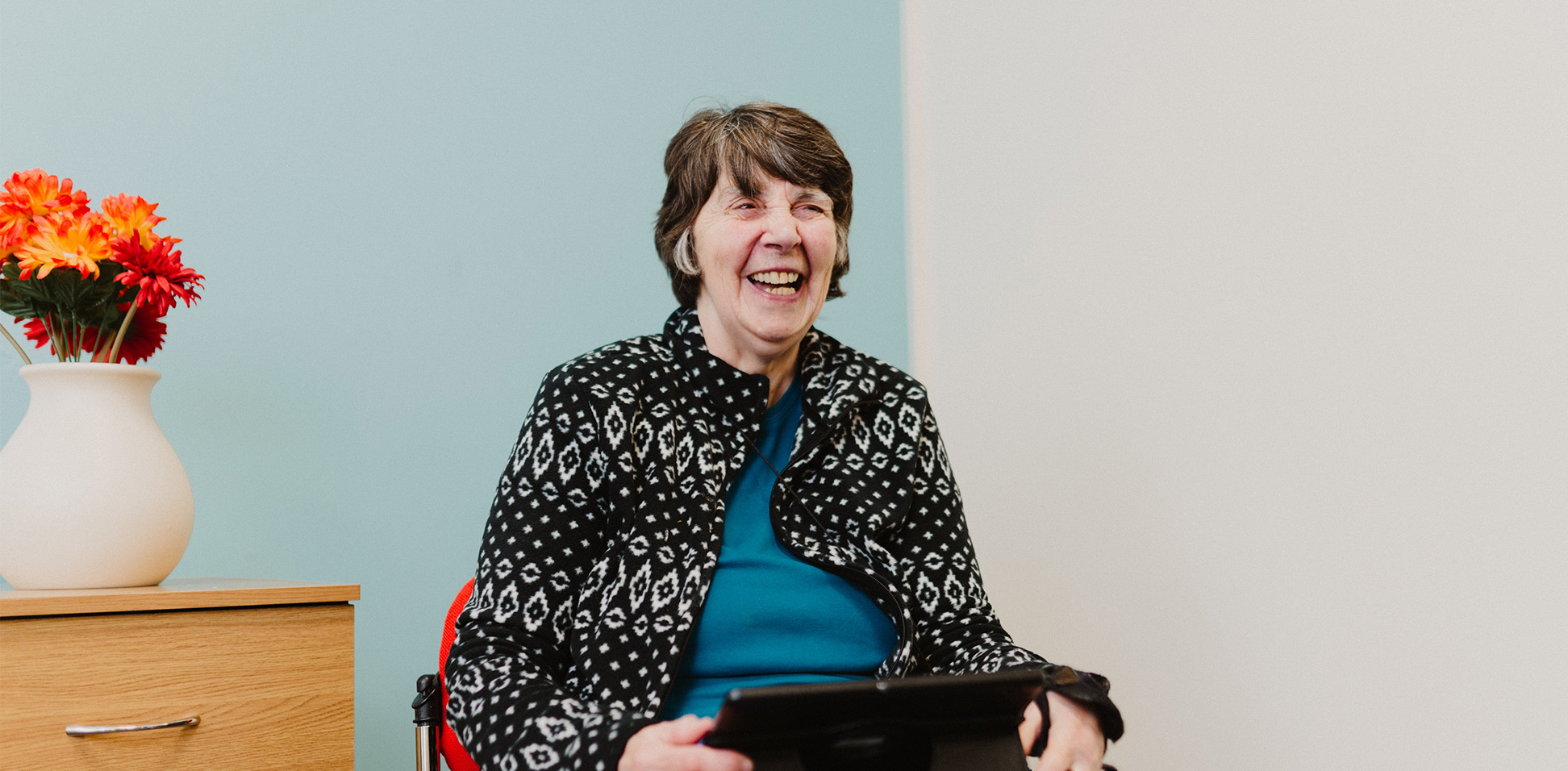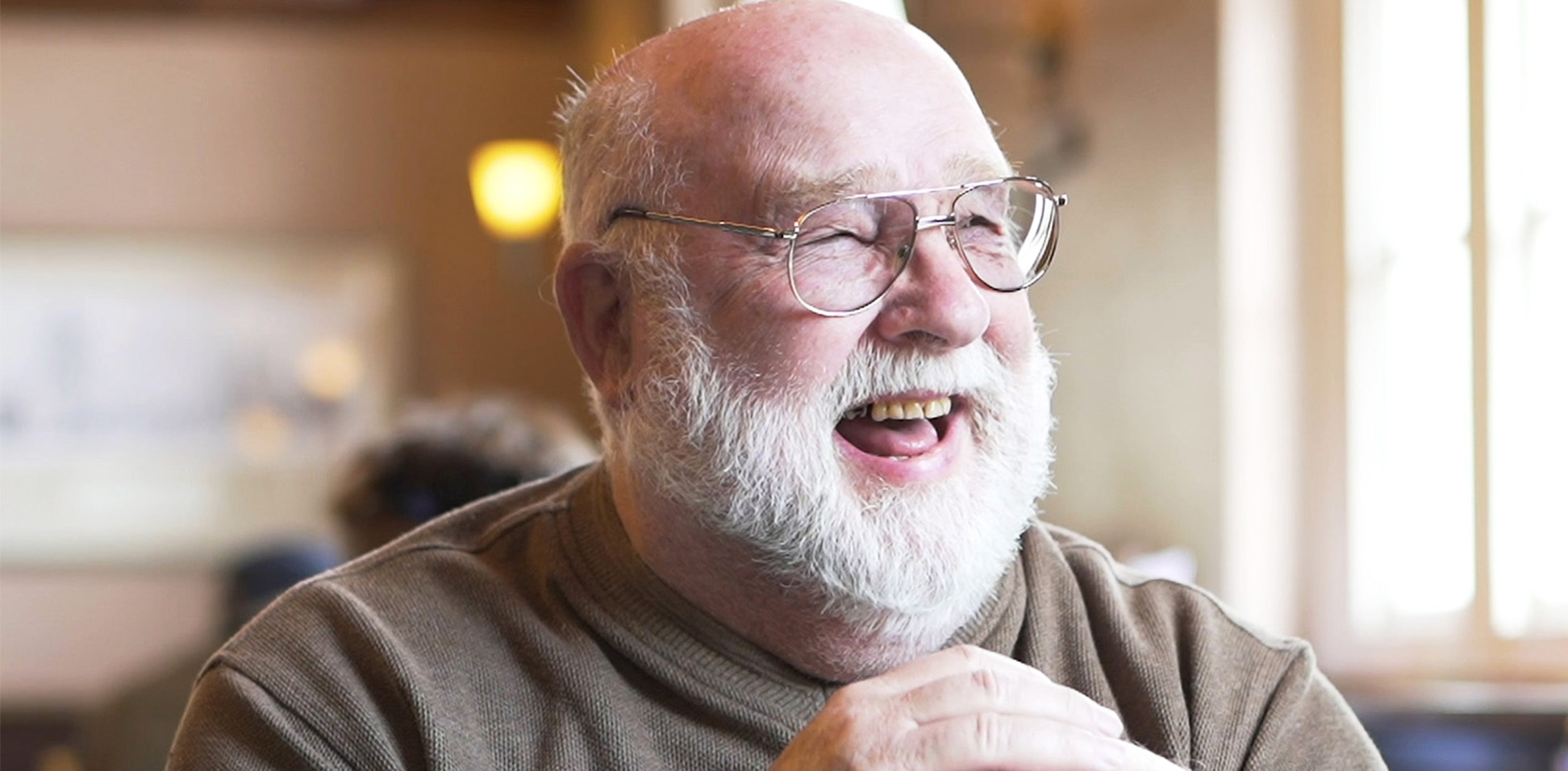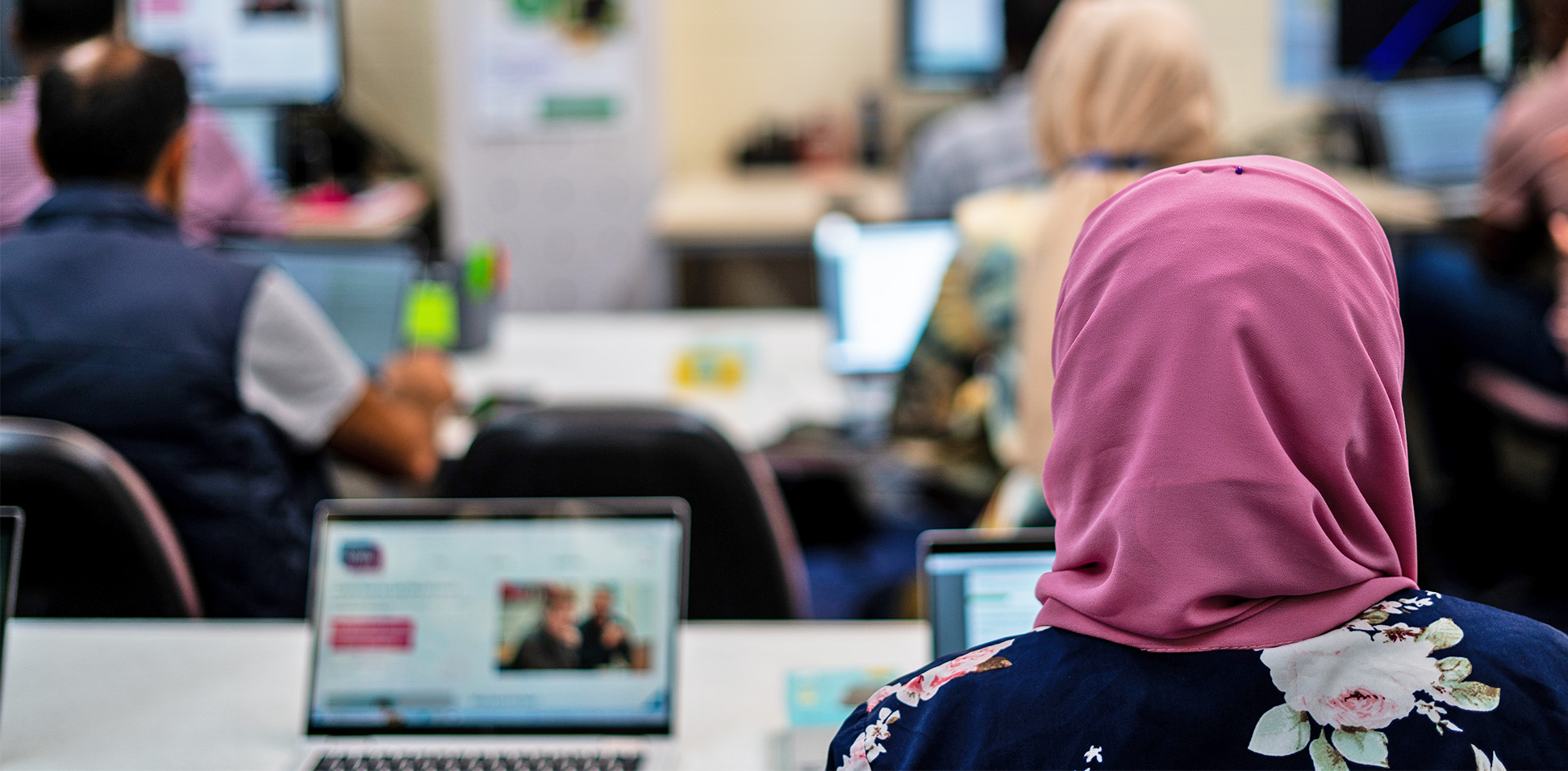The challenges of digital transformation in healthcare
Explore the challenges of digital transformation in healthcare with this new blog from Director of Digital Transformation at South Yorkshire Integrated Care Board, Katie Dowson.
“..Coming together is a beginning, staying together is progress… and working together is success..” (Henry Ford)
This Henry Ford quote sings to our collaborative and co-ordinated approach for tackling digital exclusion in South Yorkshire (SY).
Digital exclusion is a complex social issue. It is often hard to know exactly where to start. But partners coming together is a beginning and is a very important first step to acknowledging and responding to the digital divide.
Our use of digital healthcare services in South Yorkshire
Nationally, around 30% of UK people who are offline have said the NHS is one of the most difficult organisations to interact with. We recognise this reality in South Yorkshire and are committed to working with our system partners and population to improve this experience, both through our considered delivery of digital services and our regional digital inclusion programme.
We have recently established a two-year partnership with the South Yorkshire Citizens Advice Network to provide flexible digital inclusion support. Our approach and activity are aligned to national initiatives and relies on a growing social infrastructure network made up of statutory, community, voluntary and charity organisations.
Our aim is to try and bridge the digital divide and help people use and access online services safely and with confidence.
The complex landscape of digital transformation in healthcare
The COVID pandemic began two months after I’d joined the NHS in Doncaster and was a strong catalyst for a fast-paced move to online services and use of digital tools that would typically have taken us years to roll out, and with mixed results.
The NHS still has a long way to go to catch up with other sectors regarding our use of digital services. Put simply, digitising the NHS is not easy. According to NHS England only 20% of NHS organisations are “digitally mature”. There are many complexities that need to be understood and addressed in the NHS to help us make better use of digital services whilst also ensuring this does not introduce additional barriers to accessing our services or essential information.
We operate in a complex landscape and are not starting with a blank canvas. Strict procurement rules, prescriptive funding, and a restriction in choice of digital tools and systems are just some of the challenges that mean we cannot fully control what our digital offer looks like. Many well-established business-critical systems in the NHS do not provide the full digital capabilities our workforce need. We know that our complex systems landscape and variable digital maturity can and does lead to a confusing and unsatisfactory experience for members of our population who need to interact with our services. Wherever possible we reflect back our population’s experiences to NHS England policy makers and the suppliers we work with.
Ensuring access routes to information and care in addition to the NHS App
The pandemic presented a hook for adults to register the NHS App to show proof of vaccination and there is an aspiration for it to be the principal digital front door to our health services. There will be a public campaign later this year promoting the app, and we will be ready to support people in South Yorkshire to register and use it with confidence. We know the NHS App team at NHS England have worked hard with members of the public to redesign the app to make it more user-friendly and easier to navigate. Even so, there will be individuals who choose not to use it or aren’t able to. This is where we have to ensure there are other access routes to information and care.
The pandemic highlighted examples of digital exclusion
The pandemic also sped up digital transformation in the NHS, but it also highlighted examples of digital exclusion that prevented people from getting the care, support or information they needed:
- We struggled to contact thousands of patients due to incorrect or missing phone numbers;
- A rise in scam texts led to many patients mistrusting genuine texts from NHS;
- We had language barriers when information was shared via text or social media;
- Patients who didn’t know how to download and register the NHS App struggled to demonstrate they had been vaccinated.
We managed to find ways to get the information we needed to the people who needed it most by working with wider community, voluntary and charity groups. We also took our vaccination service to familiar trusted locations, including places of work and worship. We quickly recognised the importance of blending our digital services that helped us deliver a huge vaccination programme with wraparound support to ensure no one was left behind.
Establishing Doncaster's Digital Inclusion Programme
Doncaster’s Digital Inclusion Programme, established in April 2022, was informed by our learning from the COVID Vaccination Programme. Initially we planned to focus our support on helping underserved communities with their NHS app registrations and usage. In reality this became just a small element of our offer, but it was a good idea for us to start with. In September 2022, I was asked by our Director of Public Health to be the Social and Digital Inclusion Lead, as part of a wider cross sector response to the Cost-of-Living Crisis. This additional responsibility opened my eyes to the wider implications of many essential services people rely on moving online and this soon became the main focus of our support.
As a member of the Wellbeing Essentials Group in Doncaster I heard heartbreaking stories about people living in poverty struggling to heat their homes or eat. In my first 1:1 with the CEO at Citizens Advice Doncaster, he talked to me about underclaimed pension credit. It was shocking to me that people who were living in poverty were not accessing a benefit they were entitled to that could significantly improve their quality of life. Hearing about pension credit (Right now we know 19,376 households in SY are eligible but not claiming – which is worth £46 million a year), led to a personal light bulb moment. It reminded me of what I’d seen during the COVID Vaccination Programme; there was a high proportion of our population whose lives could be vastly improved if they had better access to vital information and services. In the case of Citizens Advice, they had the specialist support, but they didn’t necessarily have a wide enough reach to get their important message and offer of support to people. They needed help from partner organisations. It was clear to me, if more people heard about pension credit from a trusted source such as a friend, neighbour or family member they might be more motivated to apply and go on to benefit from the income gain.
Citizens Advice has been a key partner of our digital inclusion programme from inception, and their insight to our local population has helped us to shape and target our support offer. In Doncaster 29,000 residents aged 16+ have never worked or are long term unemployed. 25% of 16–64-year-olds are economically inactive in SY.
90% of all jobs in the UK are advertised online, and 92% businesses say there is a digital skills gap.
Through our Citizens Advice-led programme, we believe combining financial and digital inclusion support, and addressing poverty in its fullest sense is essential to supporting more people to get into employment which should lead to a better quality of life.
I am really proud of our growing digital inclusion programme and how our partners are coming together to ensure South Yorkshire’s people have access to the services they need to live well throughout their lifetime.
For more information about our programme, visit the Digital support at your local Citizens Advice page.


